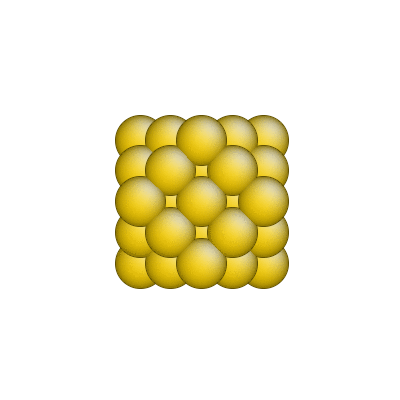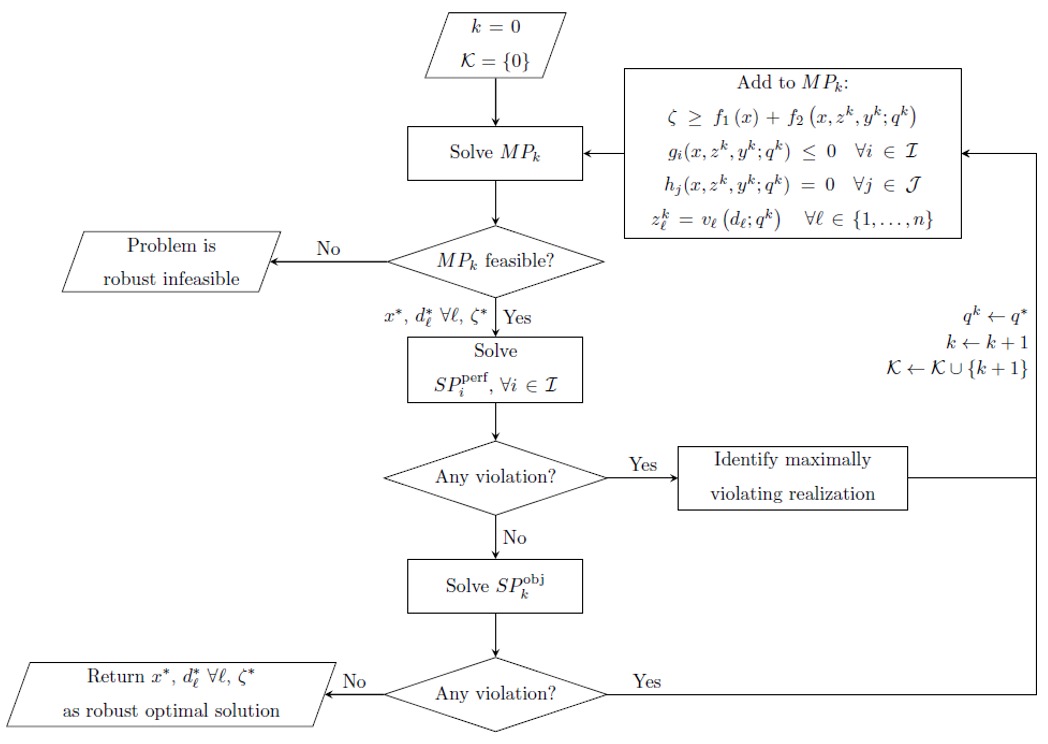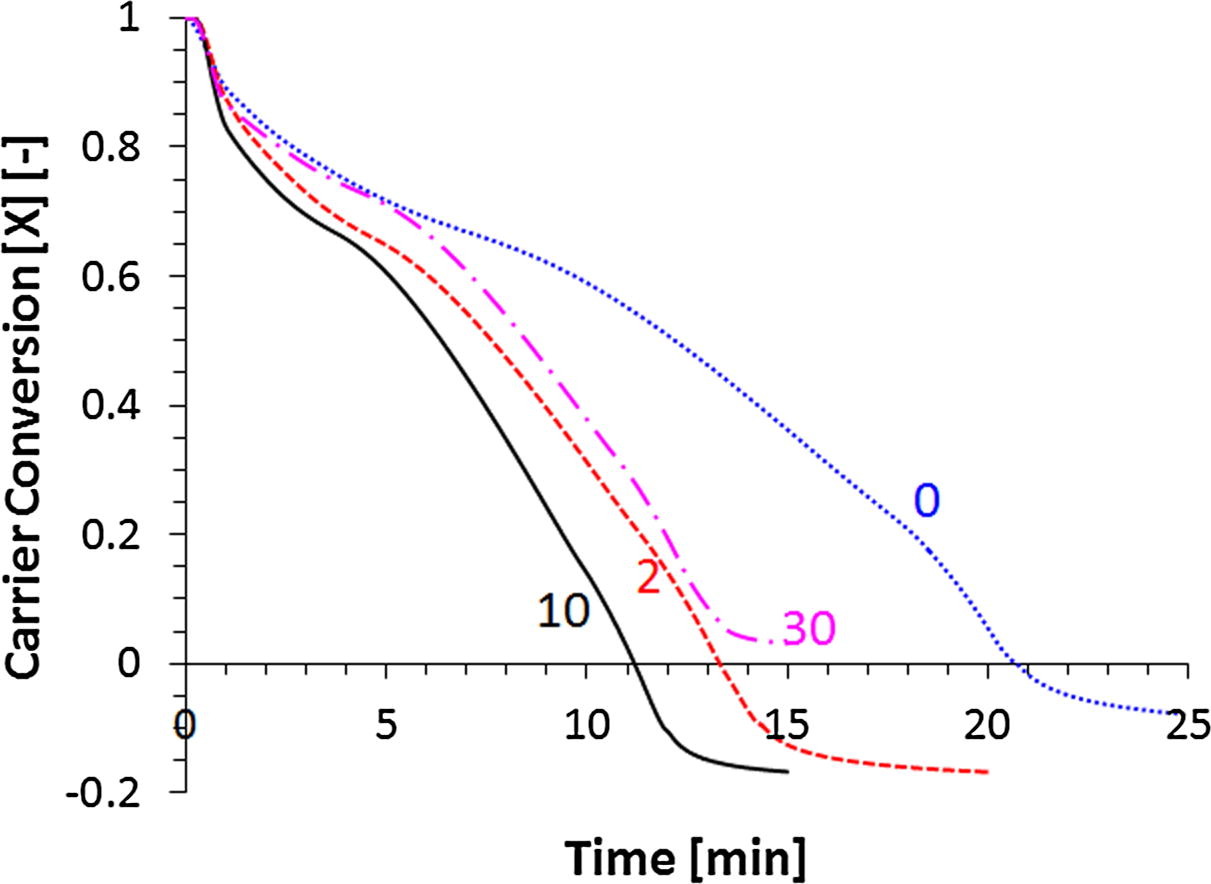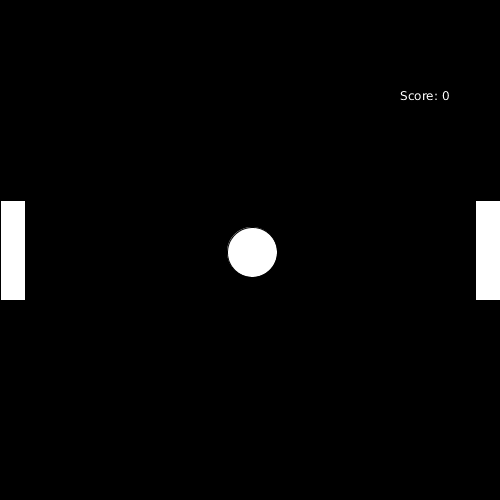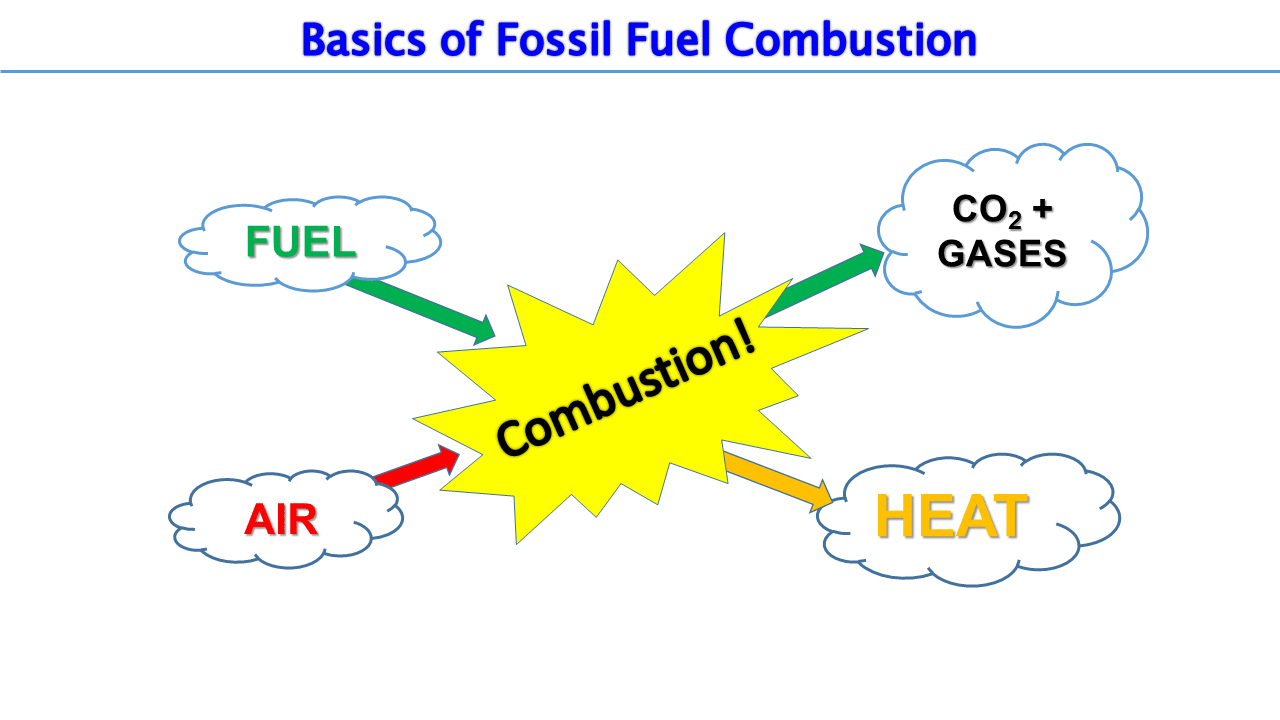
Natalie Malka Isenberg
Pacific Northwest National Laboratory
Data Science and Machine Intelligence
Welcome
I am a computational research scientist at Pacific Northwest National Laboratory in the Data Science and Machine Intelligence group. Formerly, I was the Amalie Emmy Noether Postdoctoral fellow in the Applied Mathematics group at Brookhaven National Laboratory from 2021-2023. My research interests include numerical optimization methods and applications, including optimization under uncertainty and black-box optimization algorithms.
I completed my thesis work in September 2021 in the department of Chemical Engineering at Carnegie Mellon University, advised by Professor Chrysanthos Gounaris. Topics considered in my thesis include both combinatorial and continuous, nonlinear optimization modeling and algorithm design. We considered mixed-integer programming models of materials design problems to identify optimal carbon-dioxide adsorbants. We also developed robust optimization approaches and algorithms for solving complex, nonlinear and non-convex process systems design problems. For more details, see the thesis document.
I am also very committed to STEM outreach and teaching. For more information regarding my teaching work, see my CV and see some highlights below.
My interests don't stop there! I am an artist, and have a partial portfolio of my paintings available to view here on my site. I also enjoy cooking, bike-riding (specifically gravel riding) and running ultra-marathons.
